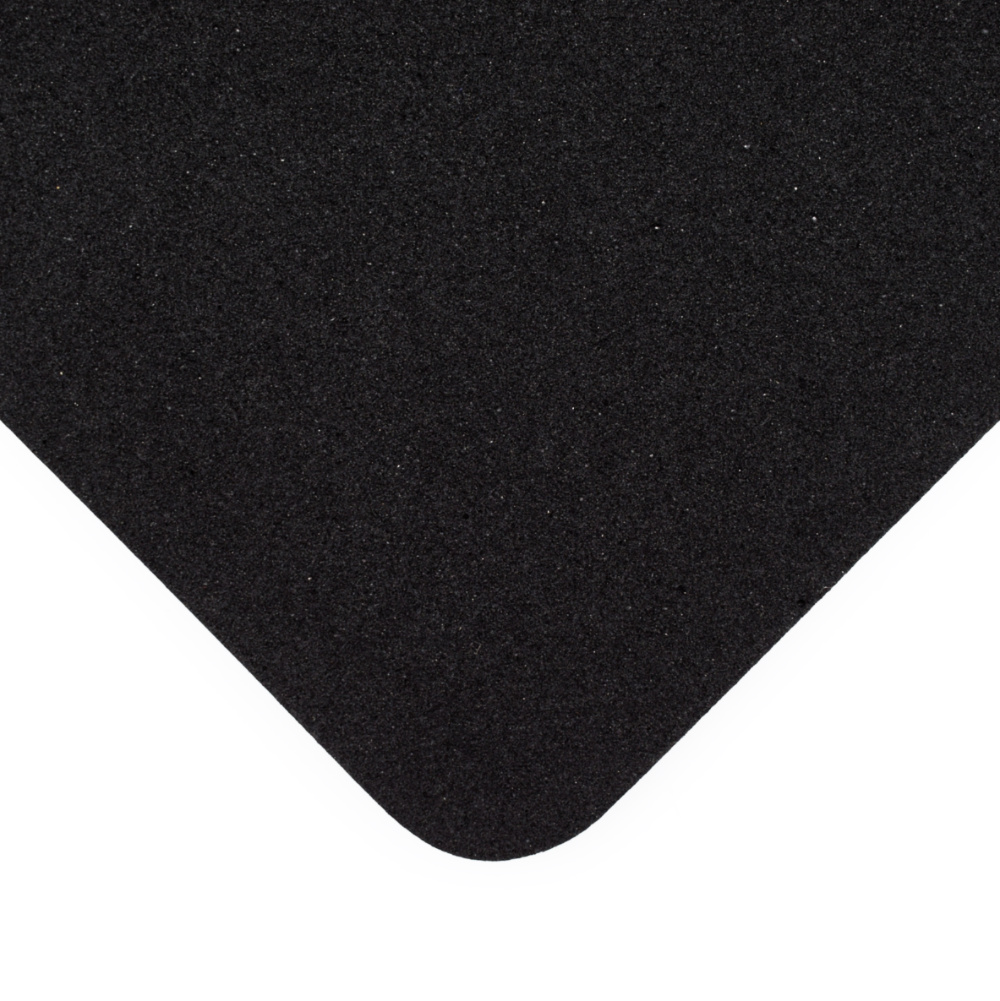The potential of having ditchable/removable weight is still mentioned in some of the GUE materials, so that's interesting that they might not have been mentioned in your Fundies. It's definitely not the focus or goal, though.
Under the older system, if a catastrophic wing failure happened at the beginning of a dive, and you couldn't swim up your rig (which means you're not balanced), then you could ditch just enough weight to be able to begin to swim up. That might be just 2.2 lbs/1 kg. You just began the dive, so you have most of the 6 - 12 lbs/2.7 - 5.5 kg or more of gas in your tank as leeway to still be neutral at your last stop.
In other words, if you already determined whether you could swim up your rig as the GUE materials stated, and couldn't for whatever (pre-determined) reason, you would need ditchable/removable weight to make the rig balanced. The amount of ballast that you would make available to ditch should be no more than the gas you're carrying, to allow you to begin the ascent, but still do your last stop and ascend safely.
Personally, I have always preferred, in the last 13 years anyway, to achieve a balanced rig without ditchable weight, so I don't have any. I can swim up my rig from depth, so I've never needed any, even back when ditchable weight was common. As long as you could swim it up, it was balanced.







